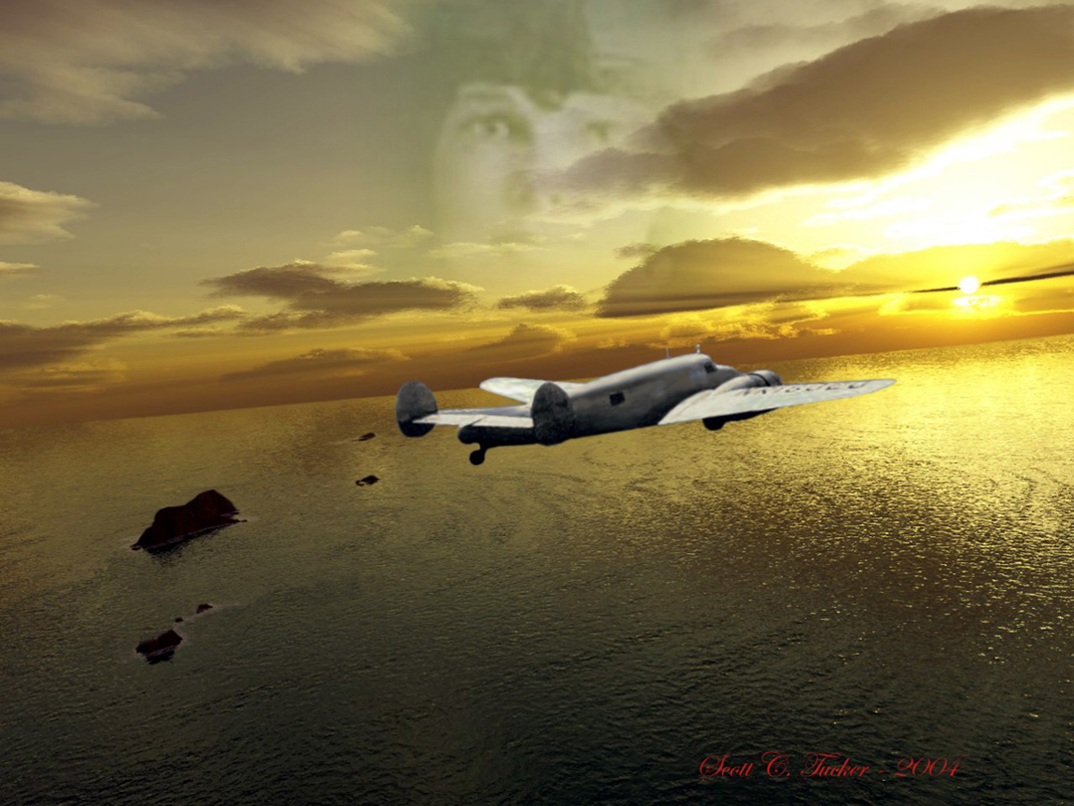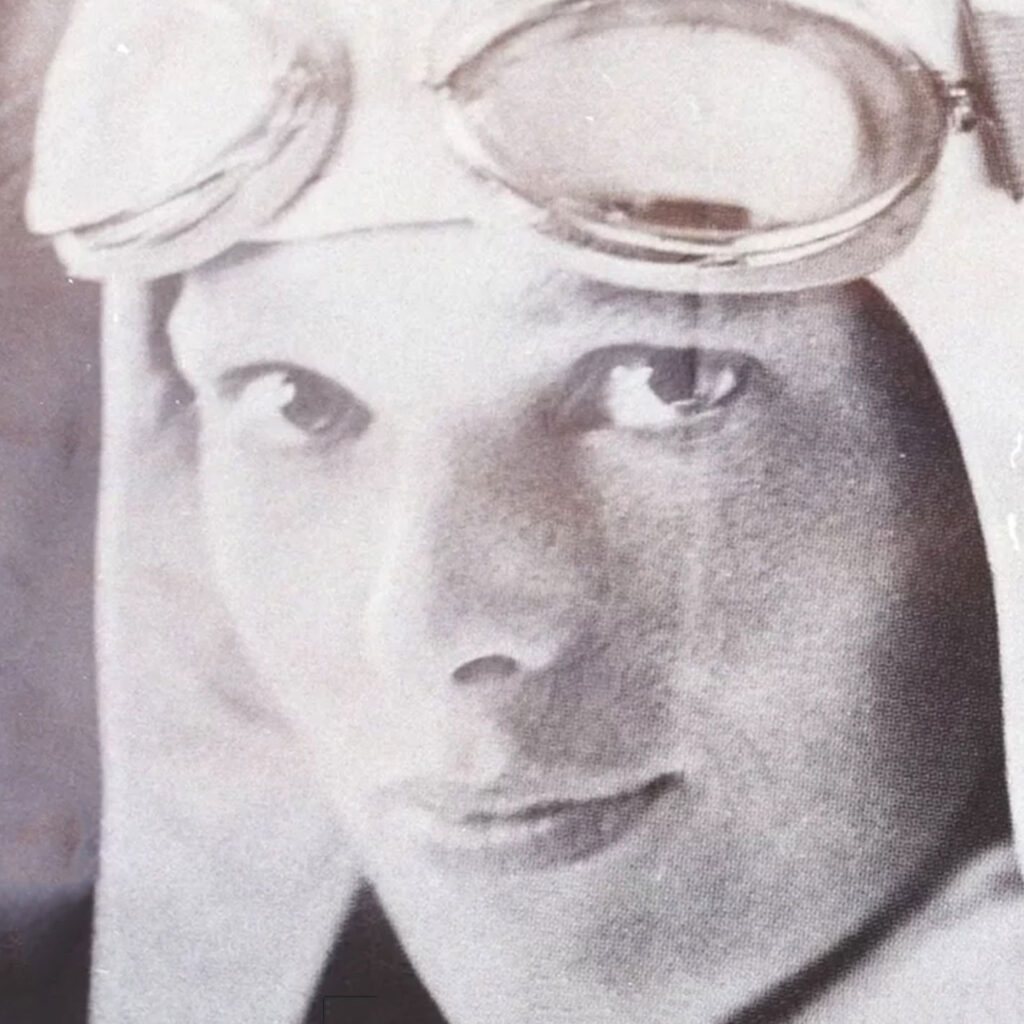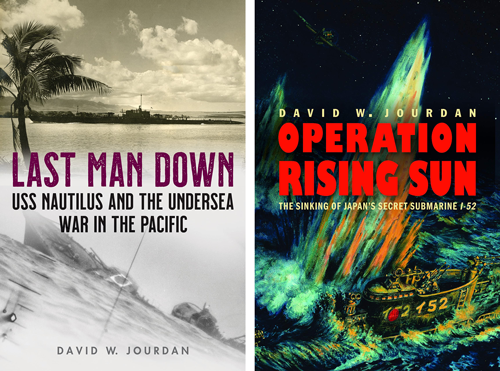
As with most any disaster, the disappearance of Amelia Earhart and Fred Noonan on July 2, 1937 was the outcome of a confluence of events. Amelia knew the flight to Howland Island was her biggest challenge, and she took the circumstances into account in her planning in keeping with her own words of wisdom, “Preparation, I have often said, is rightly two-thirds of any venture.” But ordinary and foreseen circumstances rarely lead to tragedy; in a disaster, it is the improbable that is most likely. In Amelia’s final flight, several unrelated factors conspired with fatigue and stress to overcome all preparation, skill, and experience, and lead to the demise of the famous flyer.
Why was this leg to Howland the most difficult? There are two main reasons, which were exacerbated by a number of complications. First, there is simply the distance, which was at the extreme range of the aircraft, even with extra fuel tanks and stripped of all unnecessary weight. Second, the island is so small – barely three times the size of the Washington, D.C. Mall, and rises only a few feet above sea level. It is also remote. Other than its equally nondescript companion, Baker, there is not another scrap of land within 350 miles, and no major land masses along their path within thousands of miles. A modest error in position causing them to miss the island would leave nothing but a virtual infinity of open ocean ahead.
Three primary unrelated circumstances worked against Amelia, to deadly outcome. First, she faced severe headwinds throughout her flight, which reduced her range. When she reached the vicinity of Howland Island she was low on fuel and had little time left to search for safety. Second, she was unable to establish radio communications, and, more important, was unable to obtain a radio bearing to her landing point. There are many reasons for this – a collection of misunderstandings, poor decisions, and foul ups. Third, Fred was working with the best chart of the day when they embarked on their world flight, but poor mapping of such remote areas led to an error of about six miles in the location of Howland Island. If any one of these particulars were favorable, disaster would probably have been averted.
Adding to the list of challenges were fatigue, limited visual range at low altitude, light winds at the sea surface that reduced visible surf, and a low deck of clouds. In the end, it was all too much to overcome. Amelia and Fred were gone.



